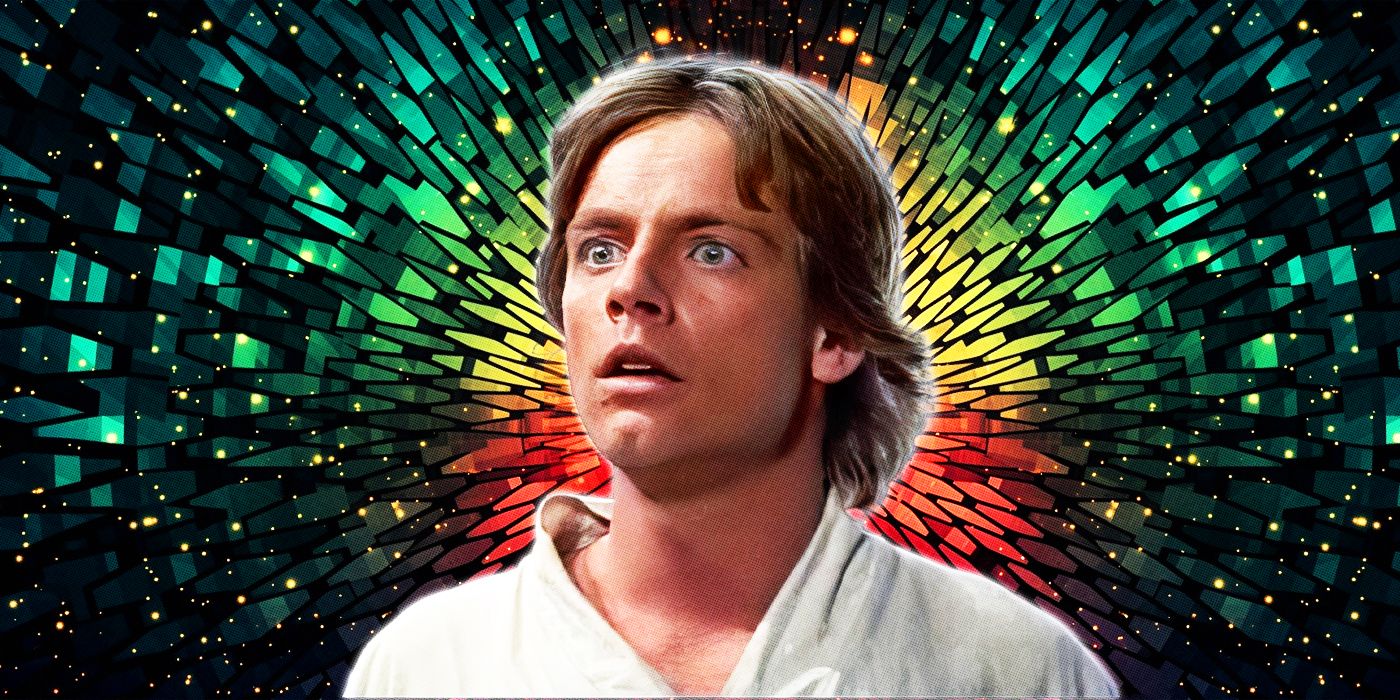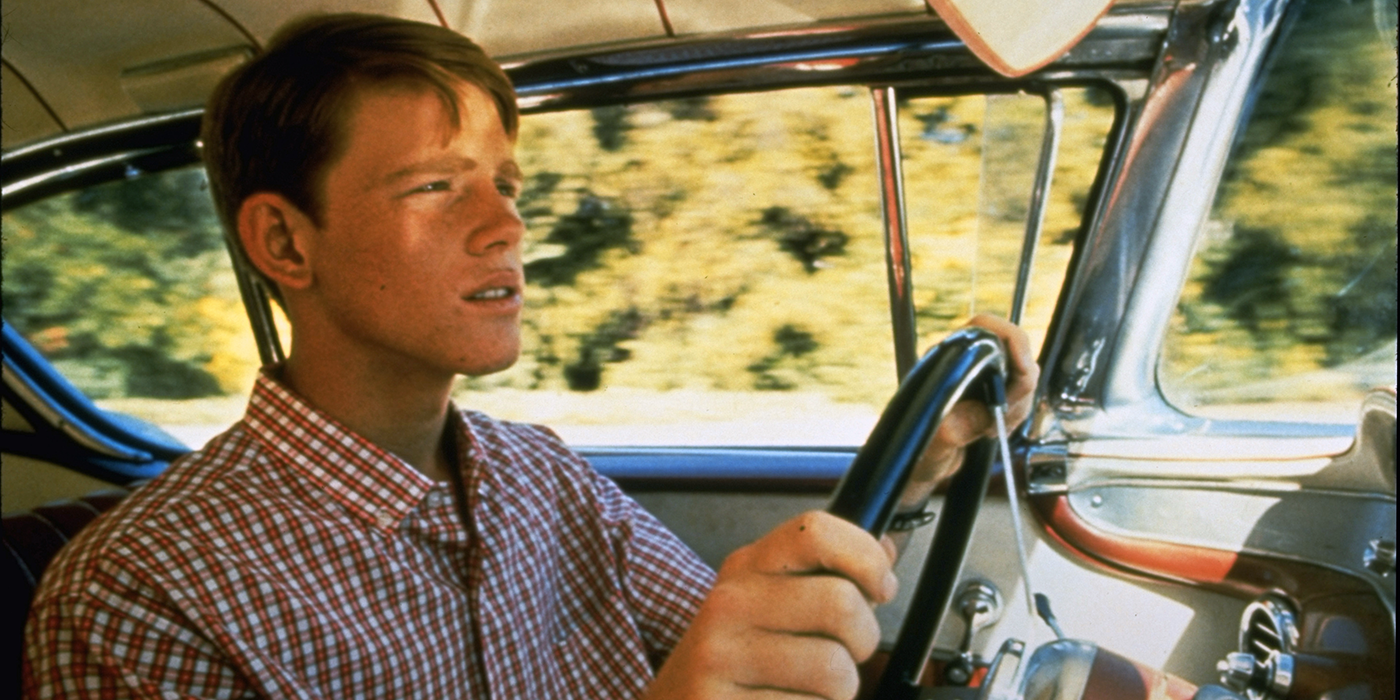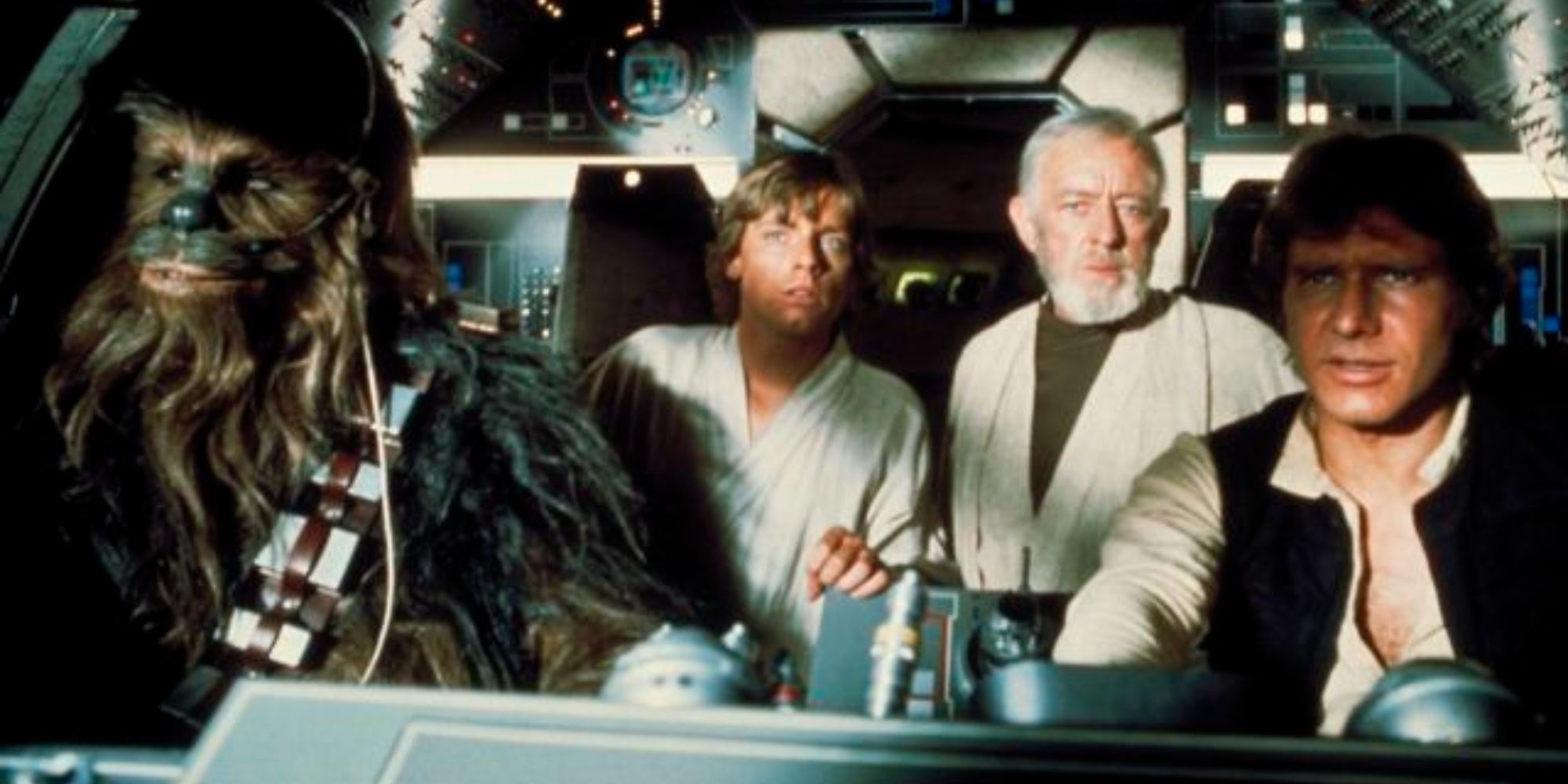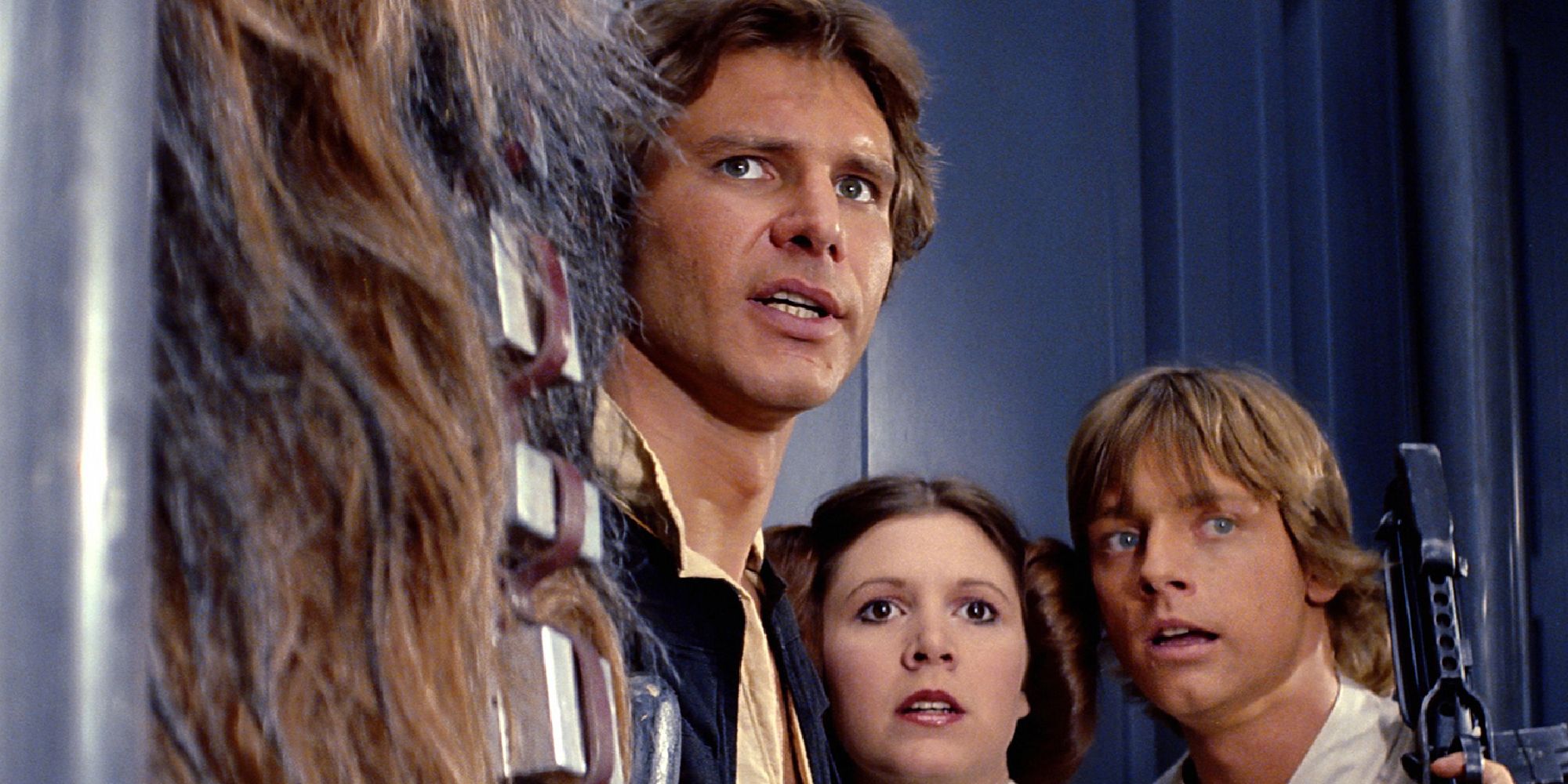It is no secret by now that editors are the true unsung heroes of cinema. After all, without editing, we wouldn’t even have movies as we know them today. Every now and then, there comes an editor that more than just transforms a series of disconnected images into a coherent work of art. An editor whose influence within the movie is so great that it’s impossible to even conceive of the existence of such a film without that person — an editor like Marcia Lucas who helped shape the cultural juggernaut that is Star Wars.
Who is Marcia Lucas, you ask? Well, I don’t blame for not knowing, though her impact in the creation of the Star Wars original trilogy has been more and more recognized over the course of the last few years. Unsung heroes are called unsung for a reason. In a nutshell, Marcia Lucas was George Lucas’ wife from 1969 to 1983 and a member of the trio of editors responsible for putting together the very first Star Wars movie, released in 1977. Alongside Richard Chew and Paul Hirsch, she won an Oscar for her work in the now classic space opera. However, to reduce Marcia Lucas’ role in the Star Wars universe like this feels wrong. In reality, Marcia Lucas is one of the main people all fans should thank for the sheer existence of Star Wars as we now know and love. From setting up some of the movie’s most iconic scenes to direct interference in story arcs, Marcia Lucas has done it all — and the Star Wars universe is better because of it.
Marcia Lucas Had Plenty of Ediing Experience Before Joining ‘Star Wars’
Born Marcia Lou Griffin, Lucas first met George in 1967, while they were both working as apprentice editors on the United States Information Agency documentary Journey to the Pacific. At the time, George Lucas was a student at the University of Southern California, and Marcia, a film librarian at the Sandler Film Library. The two were working under Verna Fields, an accomplished editor that would receive an Academy Award for her work in Jaws in 1975. By 1969, Marcia and George were married.
Marcia Lucas’ love for cinema and her love for her husband first collided when she worked as an assistant editor in his debut film, the dystopian THX-1138, released in 1971. Starring Robert Duvall, the movie tells the story of a man rebelling against the rigid norms of the extremely controlled society in which he lives. In 1973, Marcia was credited alongside Verna as the de facto editor, no “assistant”, of Lucas’ second film, the teenage romp American Graffiti.
At first glance, one would think that Marcia Lucas’ experience as an editor is restricted to her husband’s films. However, one would be very wrong. Marcia Lucas was one of the main editing room names of 1970s Hollywood, having worked with directors such as Francis Ford Coppola and Martin Scorcese. With Coppola, she worked as an assistant in 1969’s The Rain People. With Scorcese, on the other hand, she collaborated on a series of movies between 1974 and 1977. The two first crossed paths when Scorcese was looking for a female editor for Alice Doesn’t Live Here Anymore. After that, Lucas was also responsible for supervising the editing process of Taxi Driver and New York, New York.
In 1977, following her three-year stint beside Scorcese, Marcia returned to work on one of George’s films. However, that wasn’t initially the plan. According to SFGate, George Lucas didn’t want his own career to obscure his wife’s. Thus, he decided to hire another editor to work on Star Wars. The plan didn’t quite work out. When the movie’s first editor, John Jympson, proved to be not such a great fit, Marcia stepped back into the game.
Marcia Lucas Gave ‘Star Wars’ Its Heart
At the time, this might have seemed like somewhat of a problem to Lucas. After all, no one likes changing editors in the middle of finishing a movie. However, time has proven that bringing Marcia into the project was indeed the right choice. For starters, Star Wars has a very distinct look with its many transitions that would feel tacky in any other movie. It is hard to imagine them being so present in the film if any of the editorial department members hadn’t been the same. But, most importantly, Marcia Lucas was also responsible for giving Star Wars its heart.
Mark Hamill offers two great examples of how Marcia was essential to the general vibe of Star Wars in a 2005 interview to Film Freak Central. According to the actor that played Luke Skywalker, it was Marcia that ultimately decided to keep the good luck kiss between Luke and Leia (Carrie Fisher), as well as that adorable scene of Chewbacca (Peter Mayhew) screaming at a tiny droid, in the film. In Hamill’s words: “I know for a fact that Marcia Lucas was responsible for convincing him to keep that little ‘kiss for luck’ before Carrie [Fisher] and I swing across the chasm in the first film: ‘Oh, I don't like it, people laugh in the previews,’ and she said, ‘George, they're laughing because it's so sweet and unexpected’ - and her influence was such that if she wanted to keep it, it was in. When the little mouse robot comes up when Harrison and I are delivering Chewbacca to the prison, and he roars at it, and it screams, sort of, and runs away, George wanted to cut that and Marcia insisted that he keep it. She was really the warmth and the heart of those films, a good person he could talk to, bounce ideas off of, who would tell him when he was wrong.”
Marcia Lucas was also the person behind the amazing and unforgettable Battle of Yavin, in which the Rebel pilots fight against to destroy the Death Star. In a 1977 interview with Rolling Stone, George Lucas’ praised his then-wife’s dedication to the job. “We had storyboards that we had taken from old movies and we used the black and white footage of old World War II movies intercut with pilots talking and stuff, so you could edit the whole sequence in real time. My wife, Marcia, can normally cut a whole reel – all ten minutes of the film – in one week. I think it took her eight weeks to cut that battle. It was extremely complex and we had 40,000 feet of dialogue footage of pilots saying this and that. And she had to cull through all that, and put in all the fighting as well. Nobody really has ever tried to interweave an actual plot story into a dogfight, and we were trying to do that, however successful or unsuccessful we were”, the director stated.
And, indeed, Marcia did an amazing job with the whole info dumping thing during the battle scene. If you pay close enough attention, you can see that all the information that is being given to Luke and the Rebel base is coming from somewhere off-screen. None of that dialogue was actually recorded alongside those images. It was all done in editing. The way the tension is built, with the constant jumps from the Death Star to the Rebel base, is also the kind of work that can only be done in editing rooms.
Marcia (Alongside Vader) Was Also the One Responsible for Killing Obi-Wan Kenobi
In the same Rolling Stones interview, Lucas also revealed that it was Marcia that suggested that he kill off Jedi master Obi-Wan Kenobi (Alec Guinness). According to the director, he was struggling with the fact that the movie had no climax and no real stakes. “The villains were like tenpins; you get into a gunfight with them, and they just get knocked over”, he said. Originally, Obi-Wan was supposed to escape Vader, leaving him “standing there with egg on his face”, which Lucas himself admits was dumb. Marcia, however, had different thoughts for Kenobi.
“I was rewriting, I was struggling with that plot problem when my wife suggested that I kill off Ben, which she thought was a pretty outrageous idea, and I said, ‘Well, that is an interesting idea, and I had been thinking about it’”, said Lucas.
But did Marcia also come up with the idea of Obi-Wan becoming a Force ghost after his demise? Well, that is up for debate. To Rolling Stone, George Lucas has claimed that he and Guinness were the ones to come up with the concept of the Force ghost. However, in a 2022 interview to the ViceTV series Icons Unearthed, Marcia said that she was the one that planted the idea on her husband’s head. “In the script, Obi-Wan was in the Rebel War Room talking to Luke,” she says. “But I said, ‘He can still say all that stuff he needs to say to Luke.’ I sort of pride myself on killing Obi-Wan Kenobi!”, she stated.
What Happened to Marcia Lucas After the Release of ‘Star Wars’?
Despite being an accomplished director, Marcia Lucas nearly stopped working after Star Wars and New York, New York came out, in 1977. She did some uncredited editing in More American Graffitti and The Empire Strikes Back, and then returned to the franchise officially in the 80s, for The Return of the Jedi. The last movie of the original trilogy was edited by Lucas, Sean Barton, and Dwayne Dunham.
Marcia and George divorced in 1983, right after Return of the Jedi came out. She hasn’t worked in editing ever since. She also doesn’t give many interviews, though a few years ago she did make her opinions about the Disney Star Wars movies well known. Marcia is also not a fan of the prequels, and reportedly cried after watching Star Wars - Episode I: The Phantom Menace because she just “didn’t think it was very good”.
Could she have saved the prequels, though? Well, that’s hard to tell. However, Hamill does seem to have a point in his opinions about 2000’s George in that Film Freak Central interview. “He's in his own world. He's like William Randolph Hearst or Howard Hughes, he's created his own world and he can live in it all the time”, the actor said. “He's so exalted that no one tells him anything.” Perhaps what he needed was a trustworthy editor by his side.




